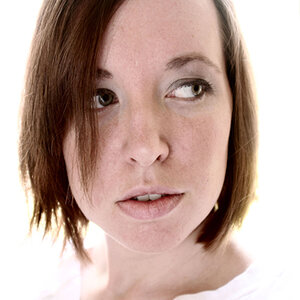SilverFox
TPF Noob!
- Joined
- Mar 12, 2010
- Messages
- 4
- Reaction score
- 0
- Location
- Knoxville Tennessee
- Can others edit my Photos
- Photos OK to edit
I am new to the camera world when it comes to anything above a point and shoot. I have a Canon XS and was wanting to upgrade to a better zoom lens. I would like to be able to photograph deer or birds out to about 100 yards with decent quality. I have no clue what I am looking for and I know no one personally who is into photography that I can ask. I don't want an "L" lens since I don't plan on spending that kind of money. I'm just looking for something decent to take some pictures with. I have seen the 55-250 lenses at a decent price but I don't know about the quality or the range. Thanks for any and all advice.


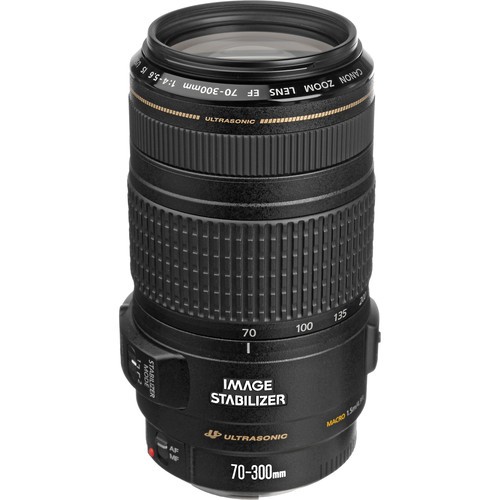
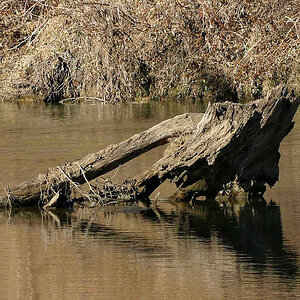
![[No title]](/data/xfmg/thumbnail/31/31979-ea92aca54ae865842d998c9cec534991.jpg?1619735137)
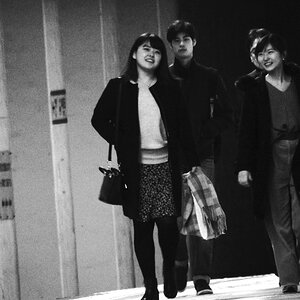


![[No title]](/data/xfmg/thumbnail/31/31980-e5048a424621c7b3cd0d306d63c09d67.jpg?1619735137)
![[No title]](/data/xfmg/thumbnail/31/31752-fcbc5aa4a94154b9c273592aa37b8b1e.jpg?1619734991)
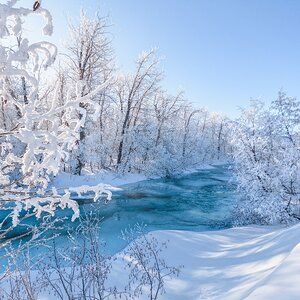
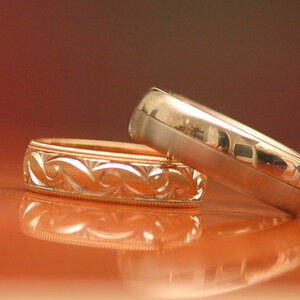
![[No title]](/data/xfmg/thumbnail/36/36400-97a007ae878e1032155c7a7d47eeba73.jpg?1619737552)
![[No title]](/data/xfmg/thumbnail/32/32183-06800ba86381f42976d75297ee6b5942.jpg?1619735235)
